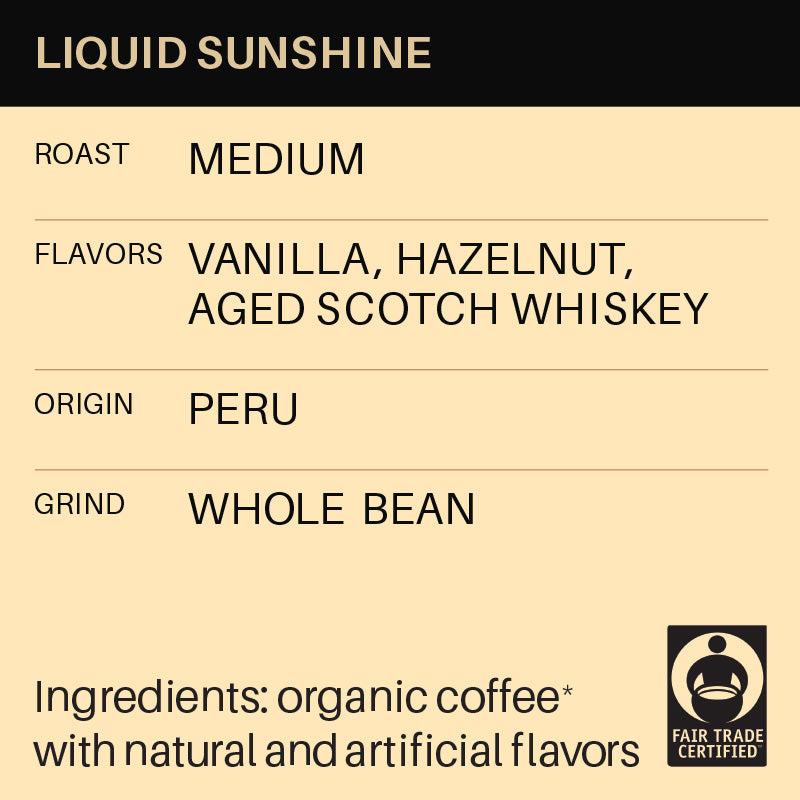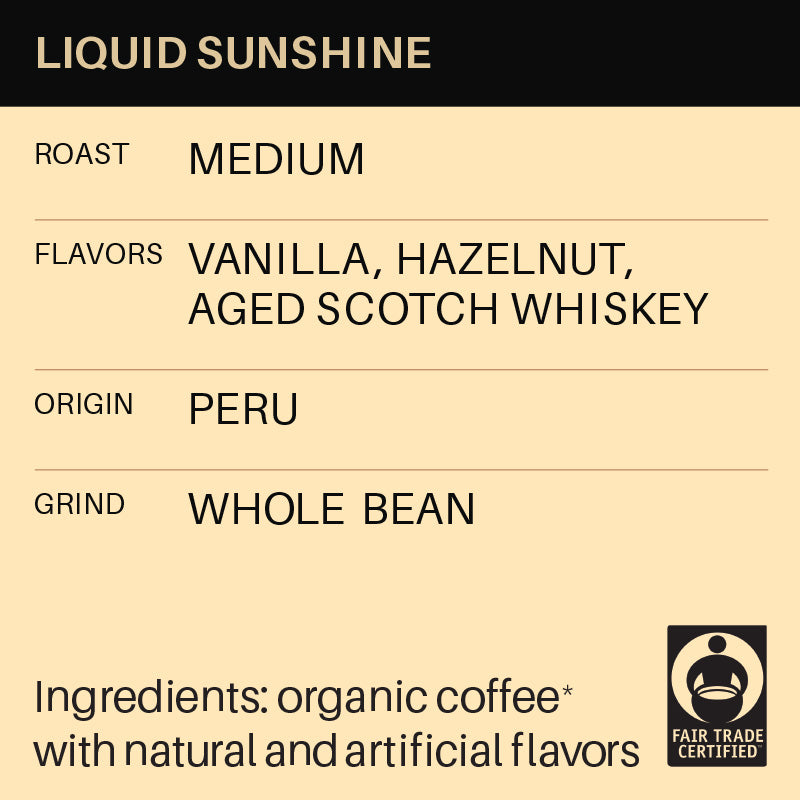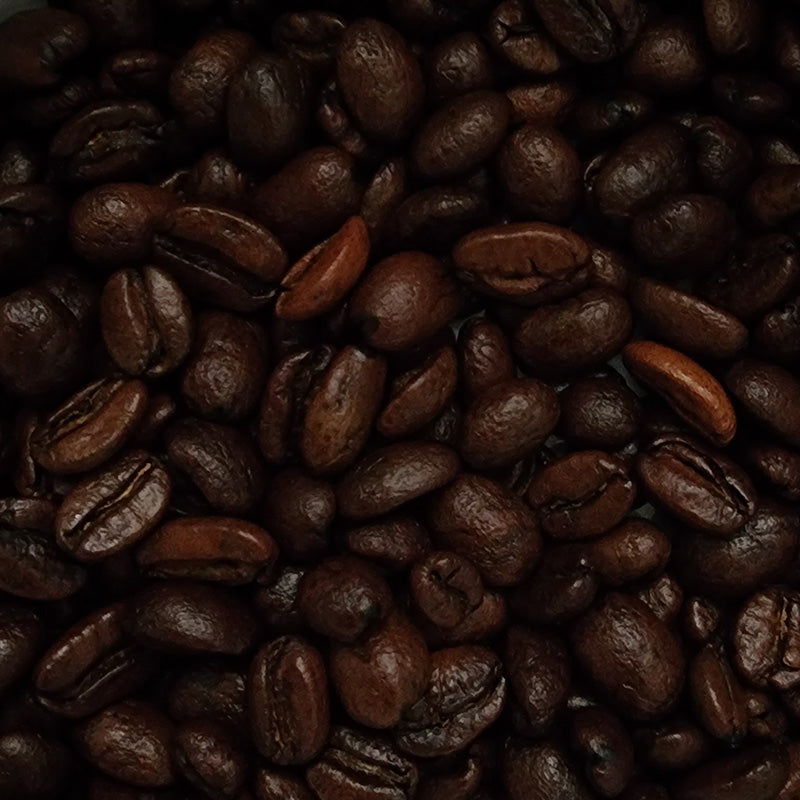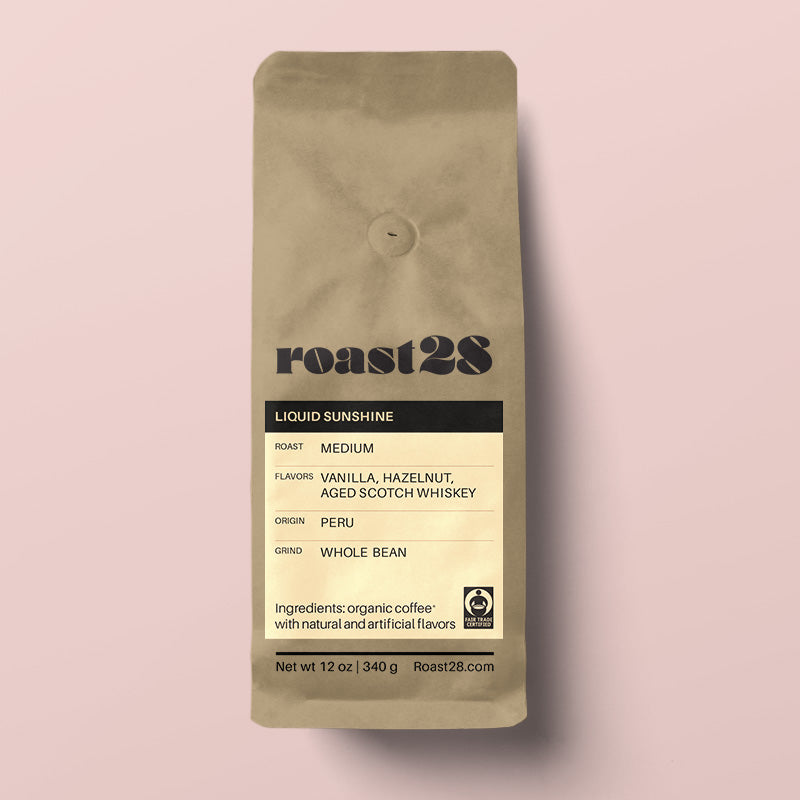Last updated: June 6, 2025
Brewing coffee is an art, and grind size plays a huge role in the final flavor of your cup. It controls how water pulls flavors from the beans. Especially for organic dark roast beans, the grind size can highlight or hide bold, rich notes. Starting with the right grind helps you brew delicious coffee every time. Roast28’s recipes provide clear instructions on coffee-to-water ratios and recommended grind sizes, making it easy to get started.

Understanding dark roast coffee and grind size
Dark roast beans are roasted longer, creating bold flavors with chocolate, caramel, and smoky hints. Beans that are roasted longer also become oilier and more porous. Because of this, dark roasts usually do better with a slightly coarser grind than lighter roasts. Using the right grind size lets you balance extraction and bring out the best notes. Too fine a grind risks bitterness, while too coarse might taste weak or flat.

How grind size affects flavor and body
Grind size affects how fast water extracts coffee flavors and the body of your brew. Finer grinds create stronger, fuller-bodied cups but can lead to bitterness if over-extracted. Coarser grinds produce smoother, lighter coffee but may under-extract and taste weak. For dark roast, finding the right grind is key to keeping those rich flavors bold yet smooth.

Matching grind size to brewing method
Different brewing methods need different grind sizes. For dark roast coffee, French press, and espresso generally use coarser grinds to balance extraction and flavor. Pour-over and AeroPress often call for finer grinds to intensify bold notes. Additionally, brew time should match your grind size. Use longer brew times with coarse grinds (like French press) and shorter times with fine grinds (like espresso) to extract balanced flavor.

Brewing tips for beginners with Roast28 recipes
We’ve got you covered! The recipes included with your Roast28 beans help you master grind size and brew ratios step-by-step. Just follow the coffee-to-water guide below and use the recipe that comes with your beans (also available on each flavor's shop page). From there, make small tweaks to the grind size if you prefer a bolder or smoother cup. Even minor changes can shift the flavor, so take it slow. Staying consistent with grind and method is the key to brewing better coffee every time.

Elevate your coffee brewing confidence
Grind size is a powerful tool that shapes your coffee’s flavor and body, especially with organic dark roast beans. Soon, you’ll confidently adjust your grind to fit your taste perfectly. Brewing great coffee at home has never been easier—or more enjoyable. Give it a try, and savor every bold, delicious sip.
Watch the video! Go to our YouTube channel to watch 30s shorts on how we use grind size to craft recipes for each of our coffee flavors. Be sure to give a like, comment, or follow.




